Going through a divorce can feel like stepping into a storm without an umbrella. Many people find themselves juggling legal concerns while trying to make sense of the emotional whirlwind. You may be meeting with an alimony lawyer to understand your financial support options or speaking with an asset division lawyer to determine how property and savings will be divided. These practical matters are important, but they often arise when your heart is already carrying a heavier burden. Divorce isn’t just a legal event; it’s a life chapter that forces us to confront pain, loss, and the possibility of starting anew.
When the dust begins to settle, the real challenge emerges: how do you heal and grow when everything feels broken? Healing after divorce doesn’t follow a neat timeline, and there’s no one-size-fits-all solution. Some days might feel lighter, while others bring a rush of memories and regrets. That’s okay. Healing is messy, and acknowledging that messiness is the first step toward real growth.
One way people find comfort is through small daily routines that restore a sense of control. Morning walks, journaling, or even cooking a favourite meal can serve as anchors in a chaotic time. I once met someone who described her healing process as “finding joy in tiny victories.” She started with simple things, like making her bed each morning and watering her plants. Over time, these small acts became symbols of her resilience, a quiet way of telling herself that life could still be meaningful.

Friendship and community play an enormous role in this journey. After a divorce, social circles can shift dramatically. Some friends may unintentionally distance themselves, unsure of what to say, while new supportive connections appear unexpectedly. Leaning into these relationships is vital. Even a simple phone call to a friend who truly listens can be grounding. Sharing your story doesn’t just lighten the emotional load; it reminds you that you are not alone, that your experiences are valid.
Divorce also forces a reevaluation of identity. For years, we may define ourselves in relation to a partner, consciously or unconsciously. When that relationship ends, we are challenged to find who we are beyond the shared memories and routines. Many people discover passions and interests they had put aside, or even skills they never realised they possessed. A friend of mine started painting again after her divorce. What began as a distraction slowly became a calling, a form of self-expression that gave her a sense of purpose she hadn’t felt in years. Healing often comes hand in hand with rediscovering ourselves.
In terms of importance, emotional well-being is on par with physical health. Stress from divorce can take a toll on the body, manifesting as sleepless nights, digestive issues, or lingering fatigue. Exercise doesn’t have to be extreme; gentle yoga, a daily walk, or even dancing around your living room can reduce stress and lift mood. Nutrition matters too; treating your body with care communicates to yourself that you are worth nurturing, even when life feels uncertain.
Many people also find solace in professional guidance, from therapists to support groups. Therapy provides a safe space to untangle complicated feelings, confront regrets, and explore hopes for the future. Support groups remind us that our struggles are not unique, and that empathy and shared experiences can be incredibly healing. There’s a subtle power in realising that what we thought was shameful or isolating is, in fact, common and human.
Forgiveness is another pillar of growth. It may sound cliché, but forgiving both yourself and your ex-partner can be transformative. This doesn’t mean condoning hurtful behaviour; it means releasing the weight of resentment so you can move forward. Holding onto anger often keeps us tethered to the past, while forgiveness offers a pathway to freedom, even if the journey to that freedom is gradual.
Setting new goals helps channel energy toward something constructive. These goals don’t need to be monumental; small steps count. Maybe it’s taking a class you’ve always been curious about, reconnecting with old friends, or exploring a new hobby. Each action reinforces the idea that life continues, and more importantly, that joy and fulfilment are possible. Growth after divorce often emerges from these intentional choices, a quiet affirmation that life can evolve beyond its painful chapters.
It’s also worth mentioning that grief doesn’t vanish overnight, and it may resurface unexpectedly. Anniversaries, holidays, or even a random song can trigger a wave of sadness. Instead of resisting these emotions, acknowledging them allows healing to progress naturally. Crying, reflecting, or talking through memories can be surprisingly therapeutic. The key is to treat yourself with kindness, to recognise that emotions are signals, not failures.
Ultimately, healing and growth after divorce are about reclaiming your life. It’s about moving from a place of loss to a space where new experiences, relationships, and joys are possible. The journey is deeply personal, filled with moments of introspection, courage, and resilience. Every step forward, no matter how small, contributes to rebuilding a sense of self that feels whole and empowered.
The end of a chapter may be marked by a divorce, but it also opens doors to discovery, self-love, and transformation. Healing is not a linear process, but it is achievable. With patience, self-compassion, and the willingness to embrace change, life after divorce can be not just survivable but profoundly enriching. The storm may have shaken you, but with time and care, it can also lead to the growth and renewal you never imagined possible.



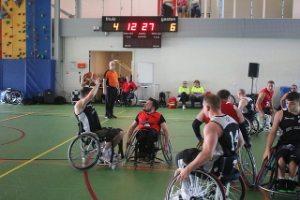



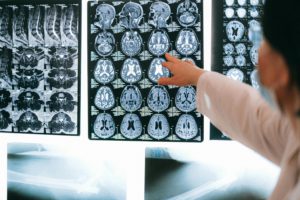



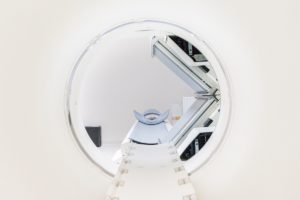
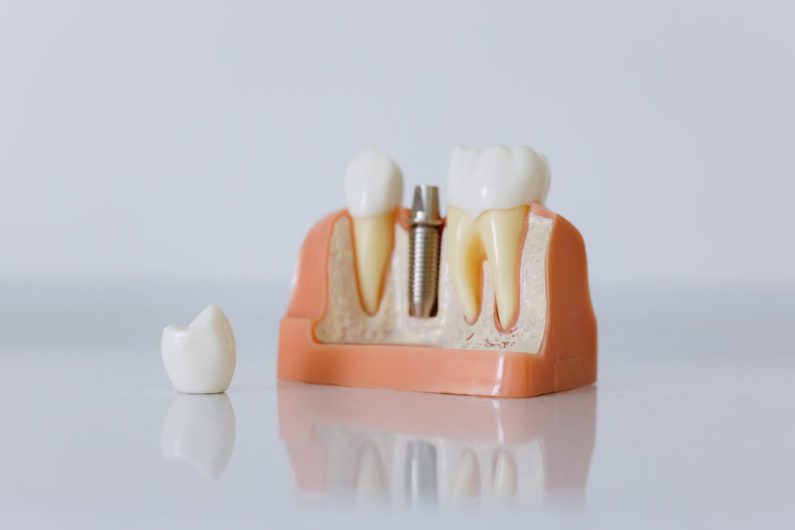







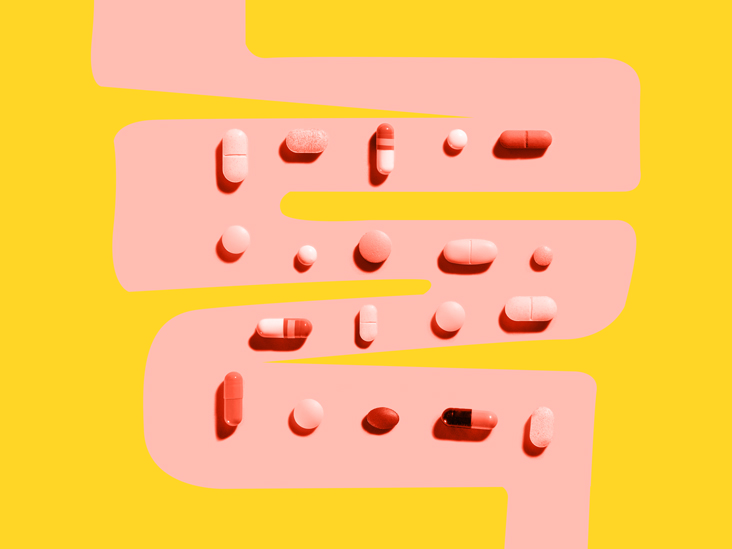










 Just like a personal trainer you hire you will need to deal with the challenges. You will go through stages of wanting to give up but here you are on your own without the motivation from a personal trainer, so you need to do your best in order to keep motivated and stay on track. Find what motivates you and add that to your workout routine. Set small goals that are easy to accomplish as this will aid in keeping your motivated to do better than the session before. A really good marketing work done for a personal fitness trainer can easily get to anyone. But the ones who manage to dodge the temptation are the ones who are quite motivated to make something out of themselves.
Just like a personal trainer you hire you will need to deal with the challenges. You will go through stages of wanting to give up but here you are on your own without the motivation from a personal trainer, so you need to do your best in order to keep motivated and stay on track. Find what motivates you and add that to your workout routine. Set small goals that are easy to accomplish as this will aid in keeping your motivated to do better than the session before. A really good marketing work done for a personal fitness trainer can easily get to anyone. But the ones who manage to dodge the temptation are the ones who are quite motivated to make something out of themselves. 





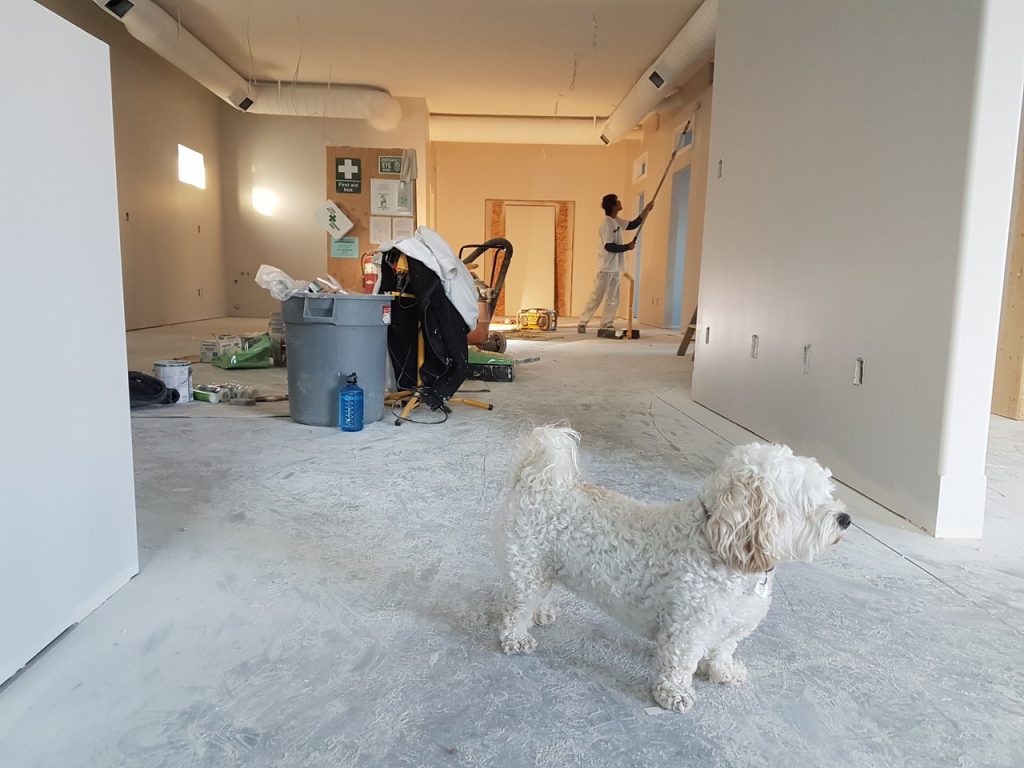


 Focus on your eyelashes
Focus on your eyelashes


 large numbers of big yellow-fin tuna to be caught relatively close to shore. You can also fish for sailfish, Cubera and red snapper, Spanish mackerel, marlin, roosterfish, amberjack, mahi-mahi, and grouper, plus tuna and wahoo in season.
large numbers of big yellow-fin tuna to be caught relatively close to shore. You can also fish for sailfish, Cubera and red snapper, Spanish mackerel, marlin, roosterfish, amberjack, mahi-mahi, and grouper, plus tuna and wahoo in season. The Software Pre-Cert Pilot Program, recently announced by the
The Software Pre-Cert Pilot Program, recently announced by the  What could come after the FDA determines precertification rules is intriguing. According to the
What could come after the FDA determines precertification rules is intriguing. According to the 
 Kyle Corkum, CEO and managing partner of LStar Communities, stated diversion Complexes are a much needed resource on the South Shore, and sports help create the sense of community he and his staff hope to bring
Kyle Corkum, CEO and managing partner of LStar Communities, stated diversion Complexes are a much needed resource on the South Shore, and sports help create the sense of community he and his staff hope to bring 

 If you resemble the countless other Americans who have put on a couple of additional pounds recently, spring implies it’s time to work it out! With the wonderfully crisp air and the sun reaching through the clouds, we are going to take the exercise outdoors – since just being outdoors is healthy, too.
If you resemble the countless other Americans who have put on a couple of additional pounds recently, spring implies it’s time to work it out! With the wonderfully crisp air and the sun reaching through the clouds, we are going to take the exercise outdoors – since just being outdoors is healthy, too.

 Suppose you have a couple of sleepness nights , it seems that this is not a very serious matter, but things may not seem as simple as that. Here, we can recommend some ways to change your sleep habits, although the trouble spots, as long term to see,but the long is worth.
Suppose you have a couple of sleepness nights , it seems that this is not a very serious matter, but things may not seem as simple as that. Here, we can recommend some ways to change your sleep habits, although the trouble spots, as long term to see,but the long is worth.